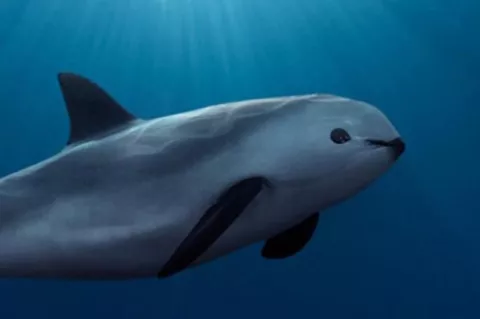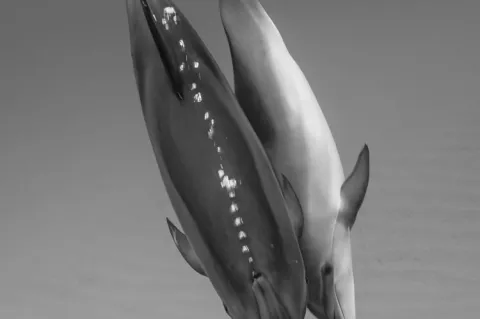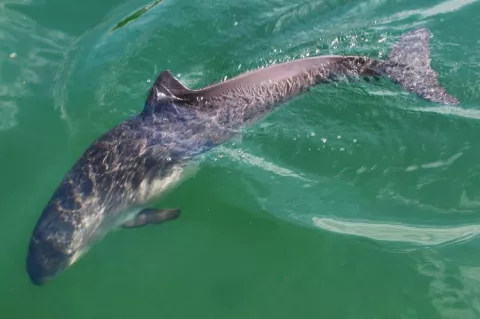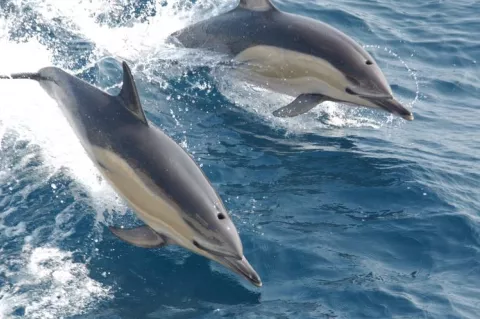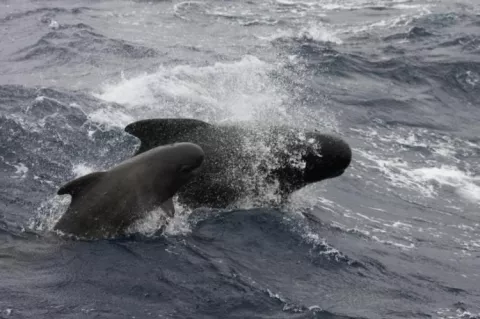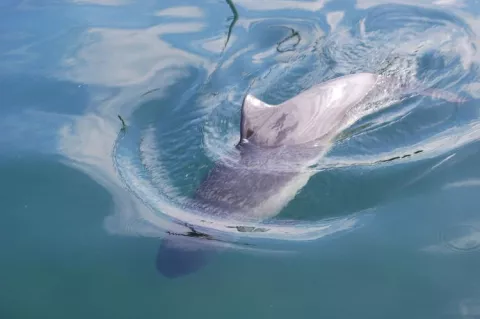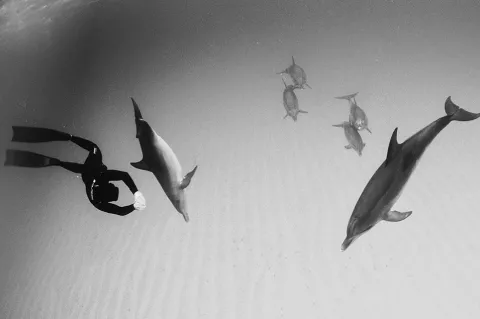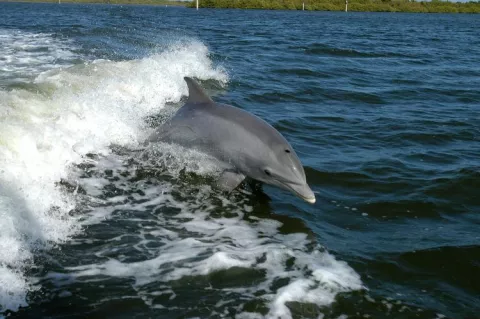Mexico enhances vaquita protection
The Mexican government has announced the successful conclusion of a project involving the placement of 193 cement blocks on the sea floor in strategic locations in the vaquita’s habitat.
Called the Concrete Block Planting project, the objective was to discourage the setting of gillnets within the Zero Tolerance Area, where the remaining vaquita population is localised. Large steel hooks protrude from the top of the blocks, trapping any gillnets they come into contact with.
In early October, after nearly three months, the 193rd block was finally placed on the sea bed.

